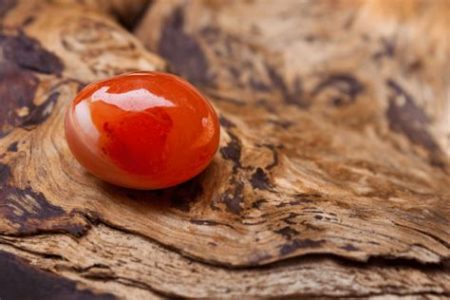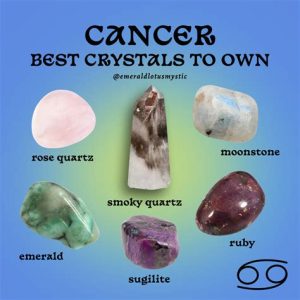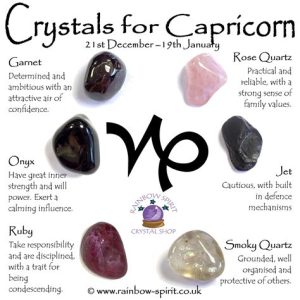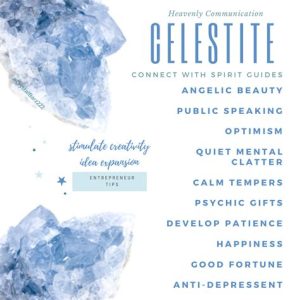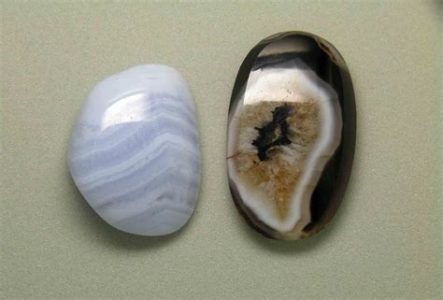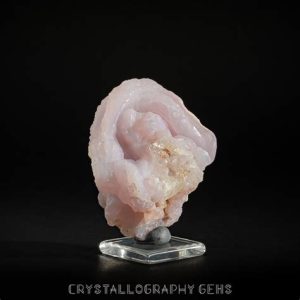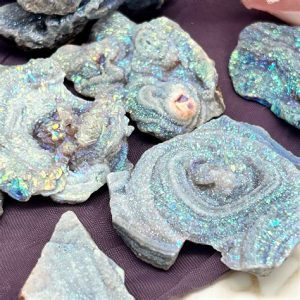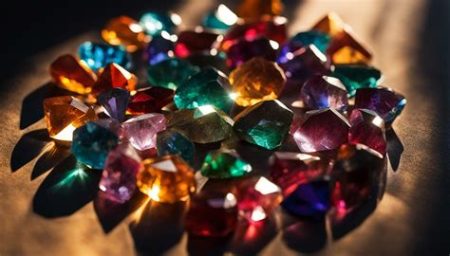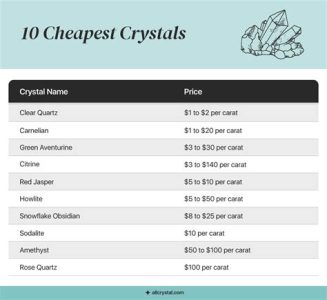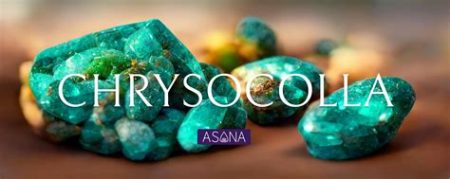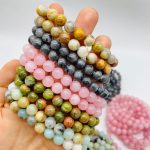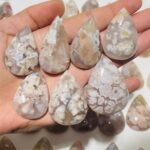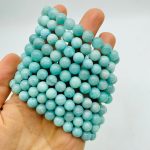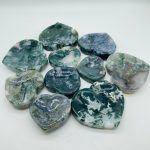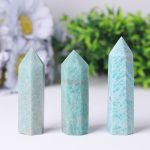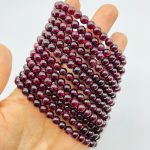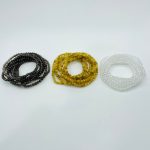Identify Genuine Crystals: A Comprehensive Guide
Crystals have captivated humankind for centuries, adorning jewelry, healing rituals, and spiritual practices. However, with the surge in popularity and availability, it has become crucial to distinguish genuine crystals from imitations. This guide will empower you with techniques and insights to confidently identify real crystals.

1. Visual Inspection: Caveats and Considerations
- Clarity and Inclusions: Natural crystals often exhibit inclusions, imperfections, or internal cracks that add depth and character. Imitations, on the other hand, tend to be flawless with uniform brilliance.
- Shape and Symmetry: Crystals form in specific geometric shapes and exhibit predictable growth patterns. Fake crystals may have irregular shapes or unnatural symmetry.
- Color and Luster: Real crystals possess a natural luster and vibrant hues that can vary from transparent to opaque. Artificial crystals may exhibit excessive brightness or unnatural colors.
2. Physical Examination: Temperature and Density
- Thermal Conductivity: Crystalline structures conduct heat efficiently, allowing for a noticeable cooling sensation when held. Fake crystals often lack this thermal conductivity.
- Density: Real crystals possess a higher density than their imitations. Submerging a crystal in water can provide insight into its weight relative to its volume.
3. Scratch Test: A Cautionary Measure
- Hardness: Crystals have varying degrees of hardness. While scratching a crystal with a metal or glass object can be a crude test, it can help differentiate softer imitations, such as glass or plastic.
4. Scientific Analysis: Expert Verification
- Spectroscopy: Advanced spectroscopy techniques can determine a crystal’s chemical composition and identify impurities that may indicate artificiality.
- Refractive Index: Using a refractometer, the refractive index of a crystal can be measured to distinguish between different materials.
5. Certification and Authenticity: Credible Sources
- Certified Gemologist: Reputable gemologists can issue certification documents verifying the authenticity of crystals.
- Authenticated Sources: Purchasing from accredited dealers or reputable online retailers who provide certificates of authenticity can help ensure legitimacy.
Table 1: Comparative Features of Genuine and Artificial Crystals
| Property | Real Crystal | Artificial Crystal |
|---|---|---|
| Clarity | Inclusions, Imperfections | Flawless, Uniform |
| Shape | Geometric, Specific Patterns | Irregular, Unnatural |
| Color | Natural Hues, Varied Opacity | Excessive Brightness, Unnatural |
| Thermal Conductivity | Cools to the Touch | Lacks Thermal Conductivity |
| Density | High Density | Lower Density |
| Scratch Resistance | Varies Depending on Hardness | Lower Hardness, Scratches Easily |
| Spectroscopic Analysis | Unique Chemical Composition | Impurities, Artificial Signatures |
| Refractive Index | Specific Refractive Index | Different Refractive Index |
Table 2: Advantages and Disadvantages of Real and Artificial Crystals
Real Crystals
| Advantages | Disadvantages |
|---|---|
| Natural Origin | May be Expensive |
| Unique and Individual | Inclusions Can Affect Appearance |
| Spiritual and Healing Properties (Believed) | Can be Rare or Difficult to Obtain |
Artificial Crystals
| Advantages | Disadvantages |
|---|---|
| Cost-Effective | May Lack Natural Beauty |
| Uniform Appearance | Not as Durable as Real Crystals |
| Easier to Obtain | Can be Difficult to Identify as Fake |
Market Insights: Crystal Trends and Consumer Preferences
According to industry reports, the global crystal market is estimated to reach $2.5 billion by 2025. The demand for crystals is driven by increasing awareness of their holistic properties, such as stress relief and spiritual healing. Consumers are also seeking unique and meaningful jewelry pieces that incorporate crystals.
Innovation and Market Outlook: Crystal Alchemy
Beyond traditional crystal applications, innovative technologies are emerging to harness the potential of crystals. “Crystal alchemy” is a promising field that combines crystals with advanced materials science to create new materials with enhanced properties, such as conductivity or flexibility.
Conclusion: Empowered Crystal Consumers
By understanding the intricacies of real crystals and their distinctive characteristics, consumers can confidently navigate the crystal market. Whether seeking genuine specimens for spiritual practices, unique jewelry, or cutting-edge applications, the tools provided in this guide empower individuals to make informed decisions and connect with the true essence of crystals.

